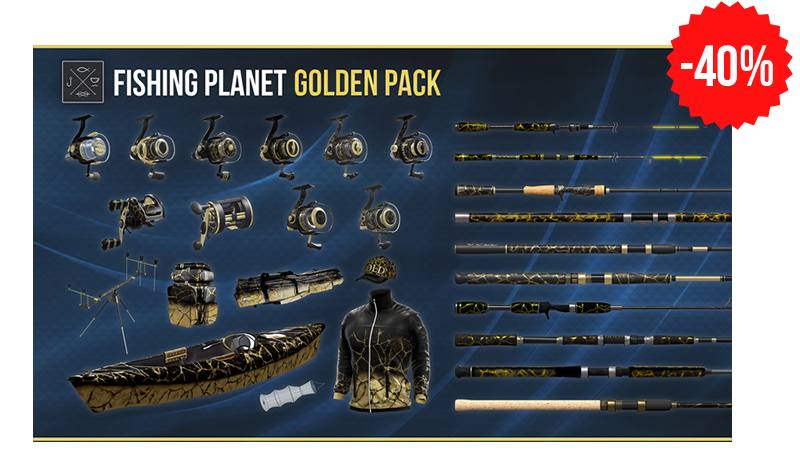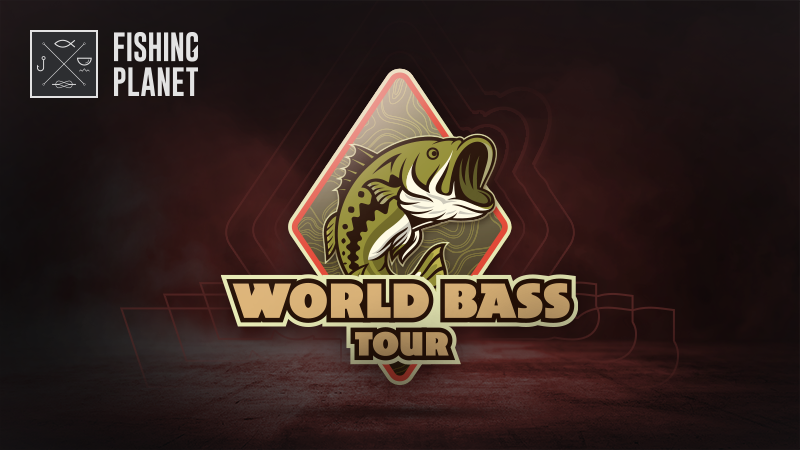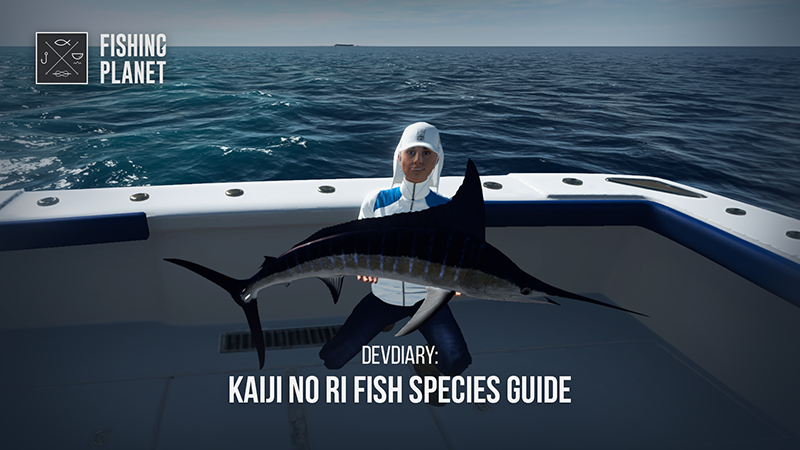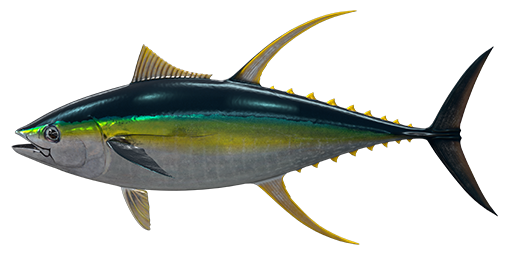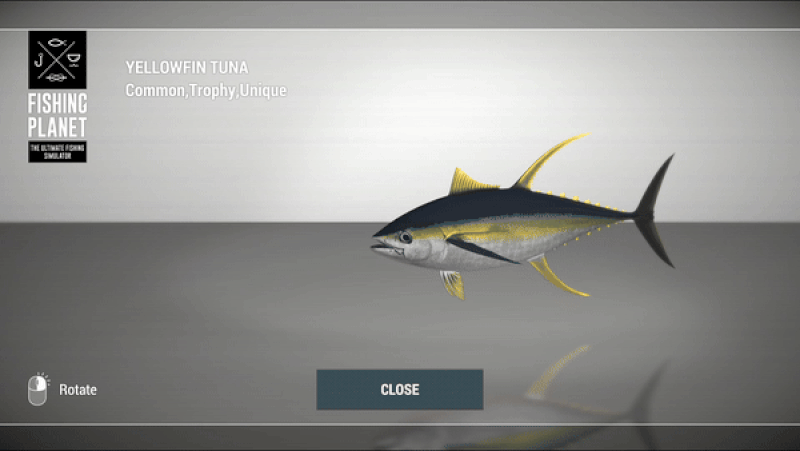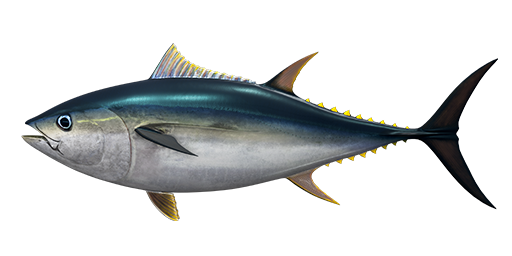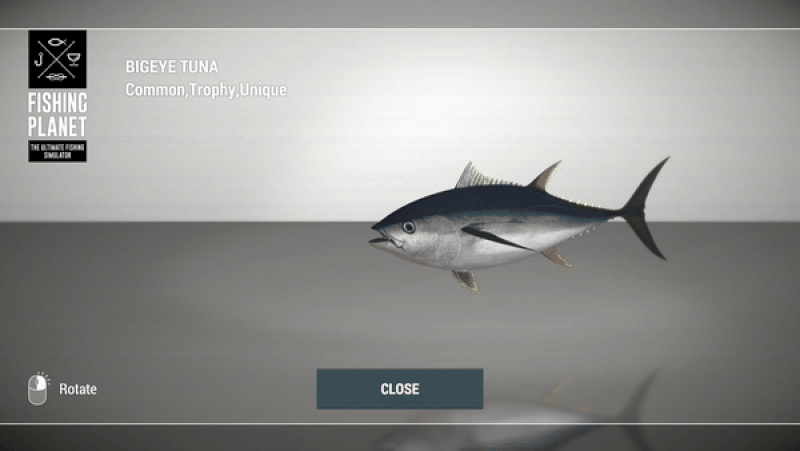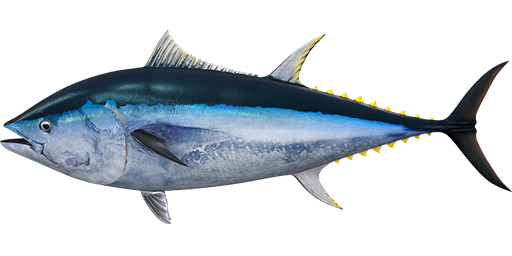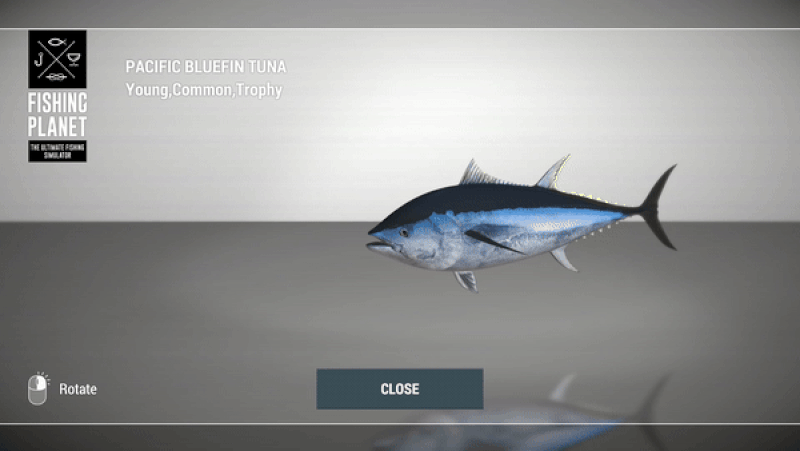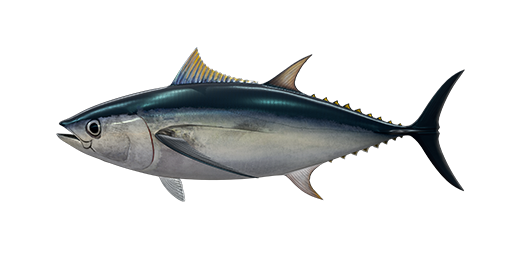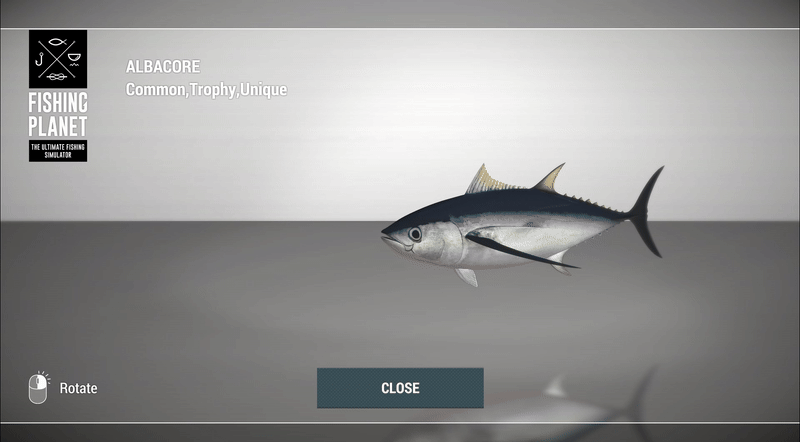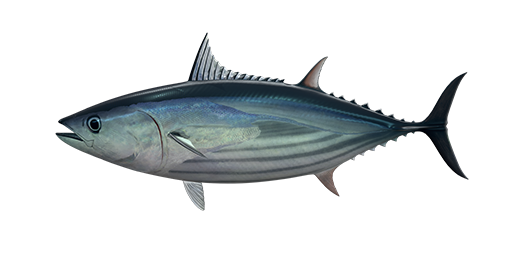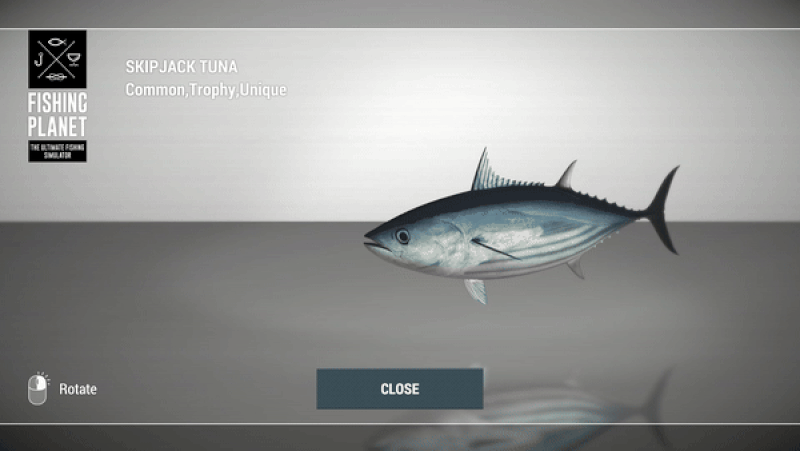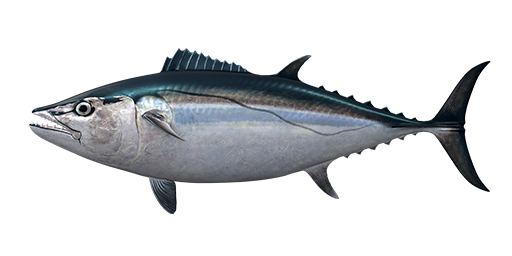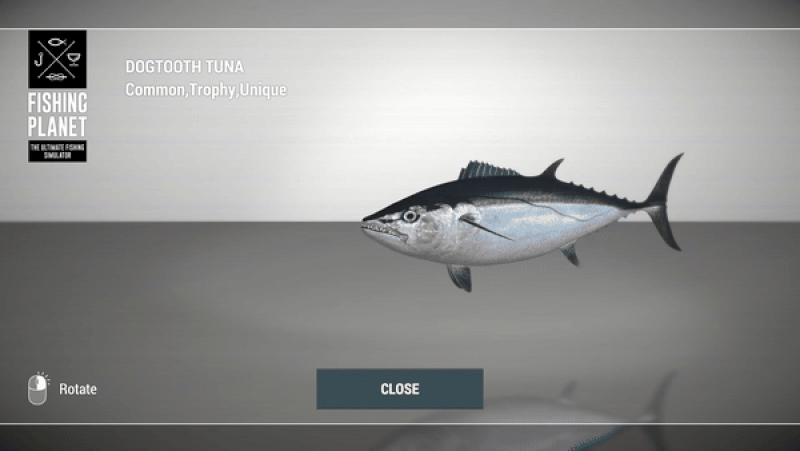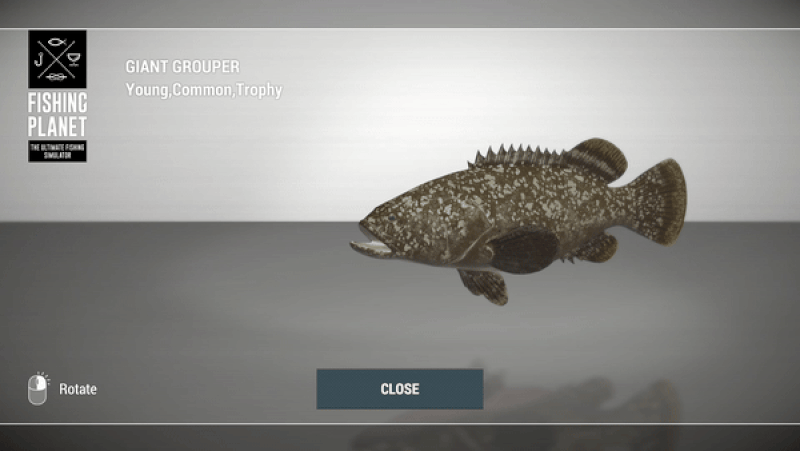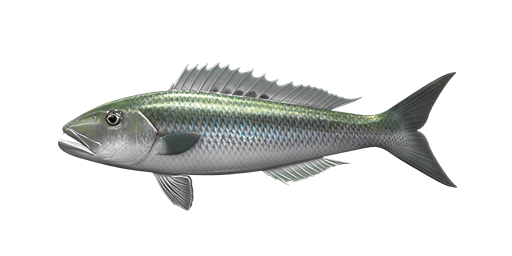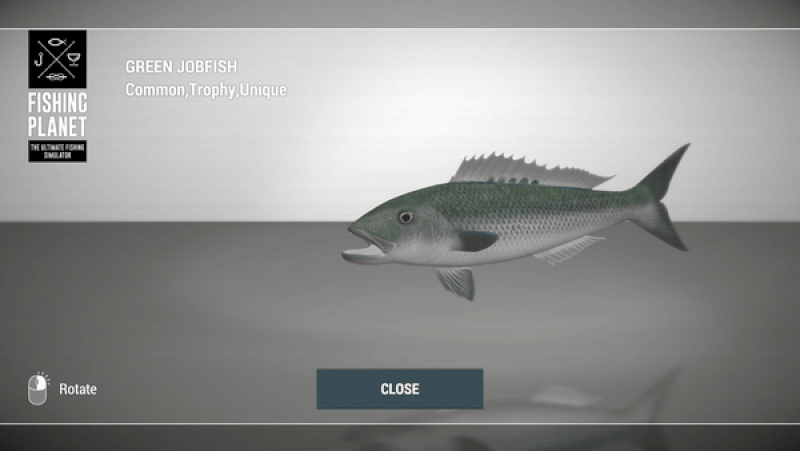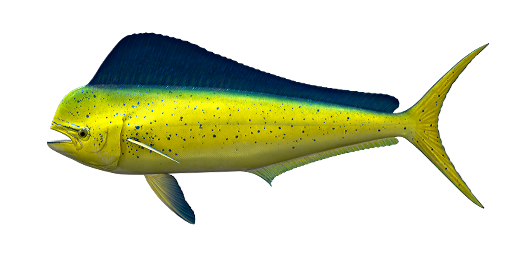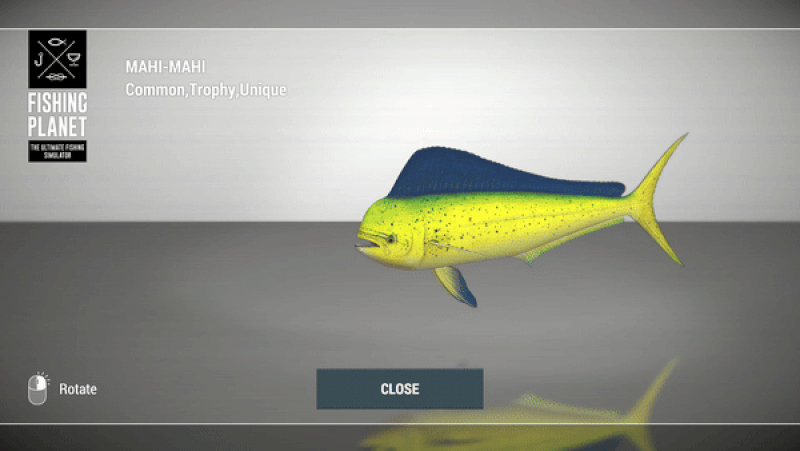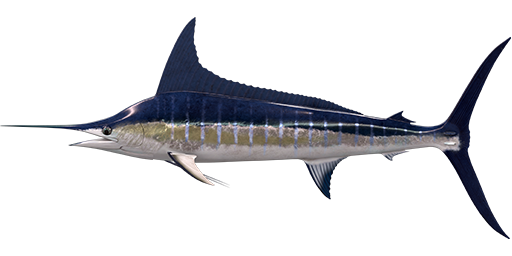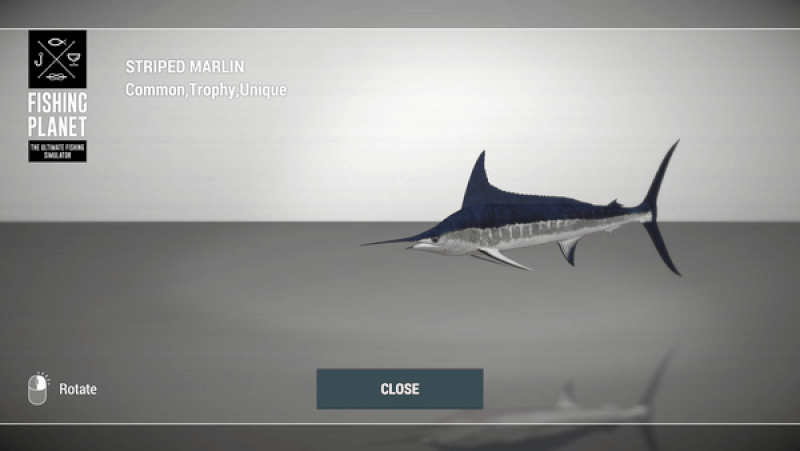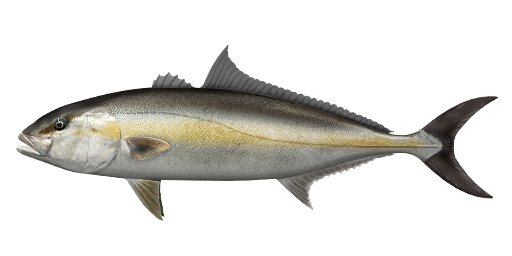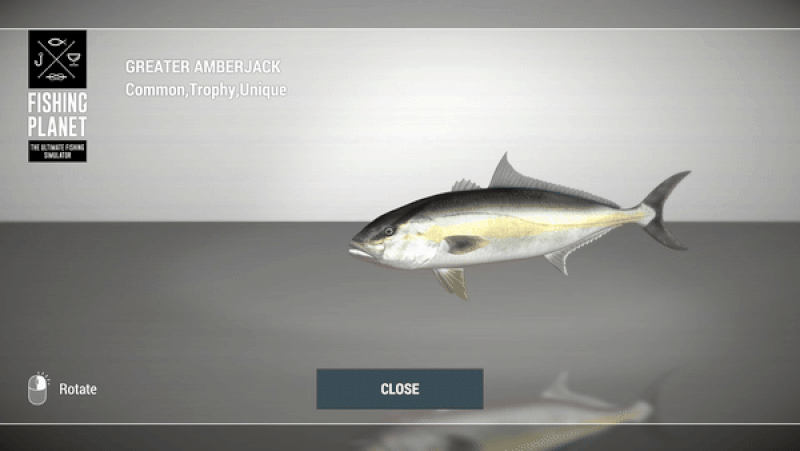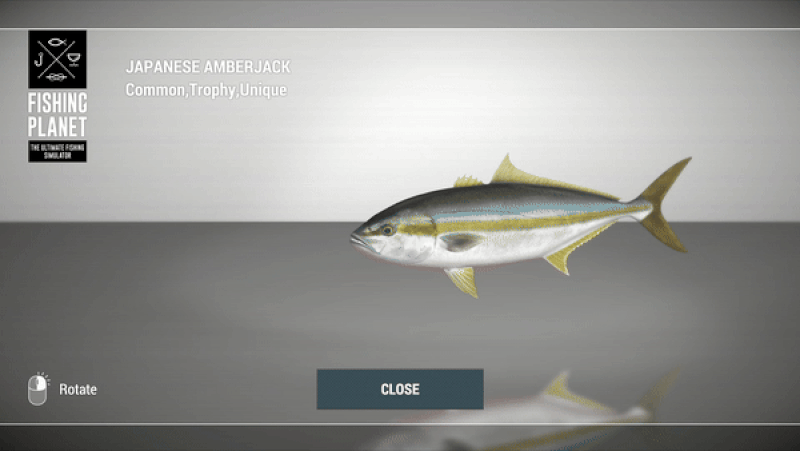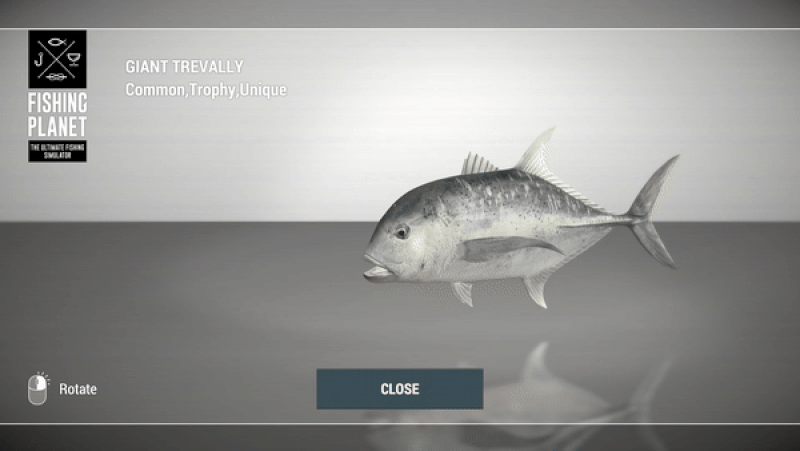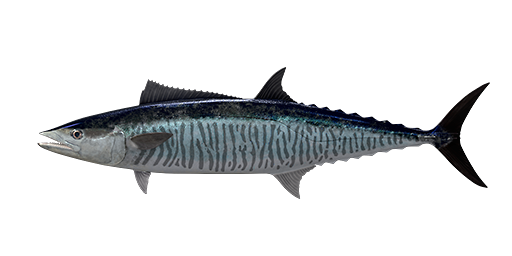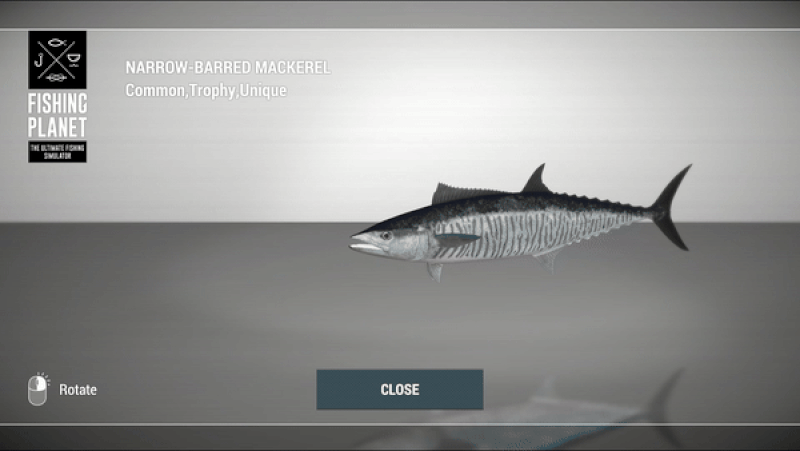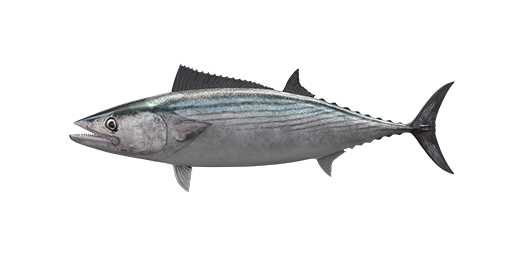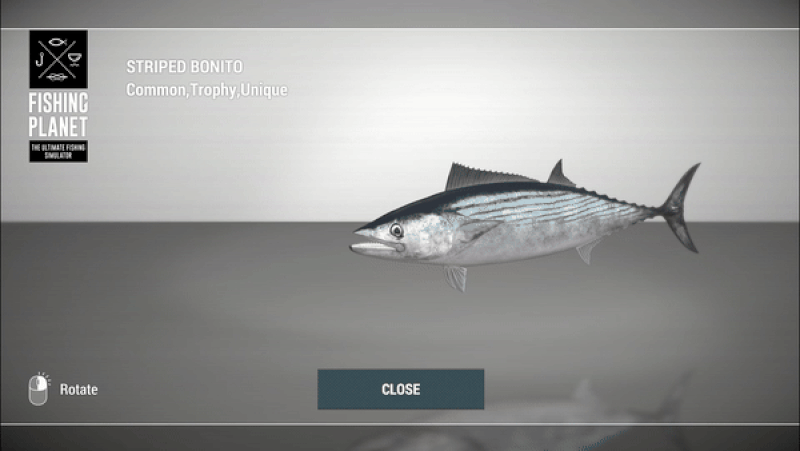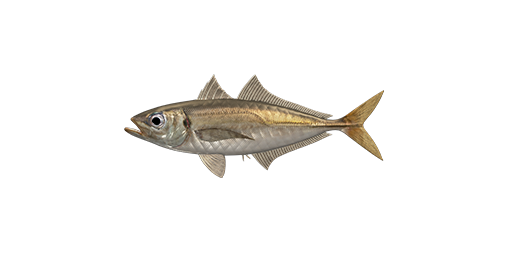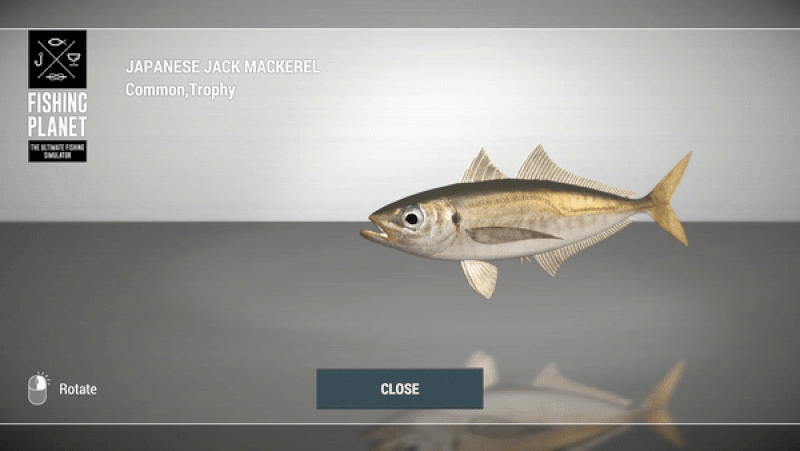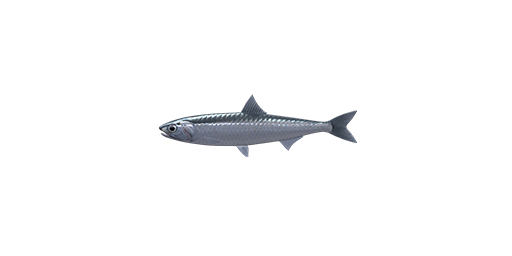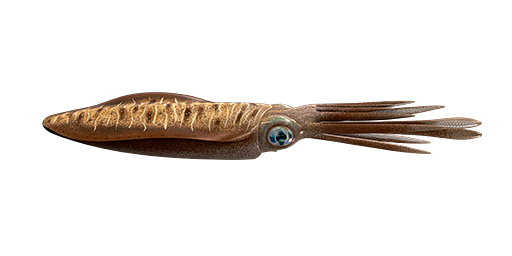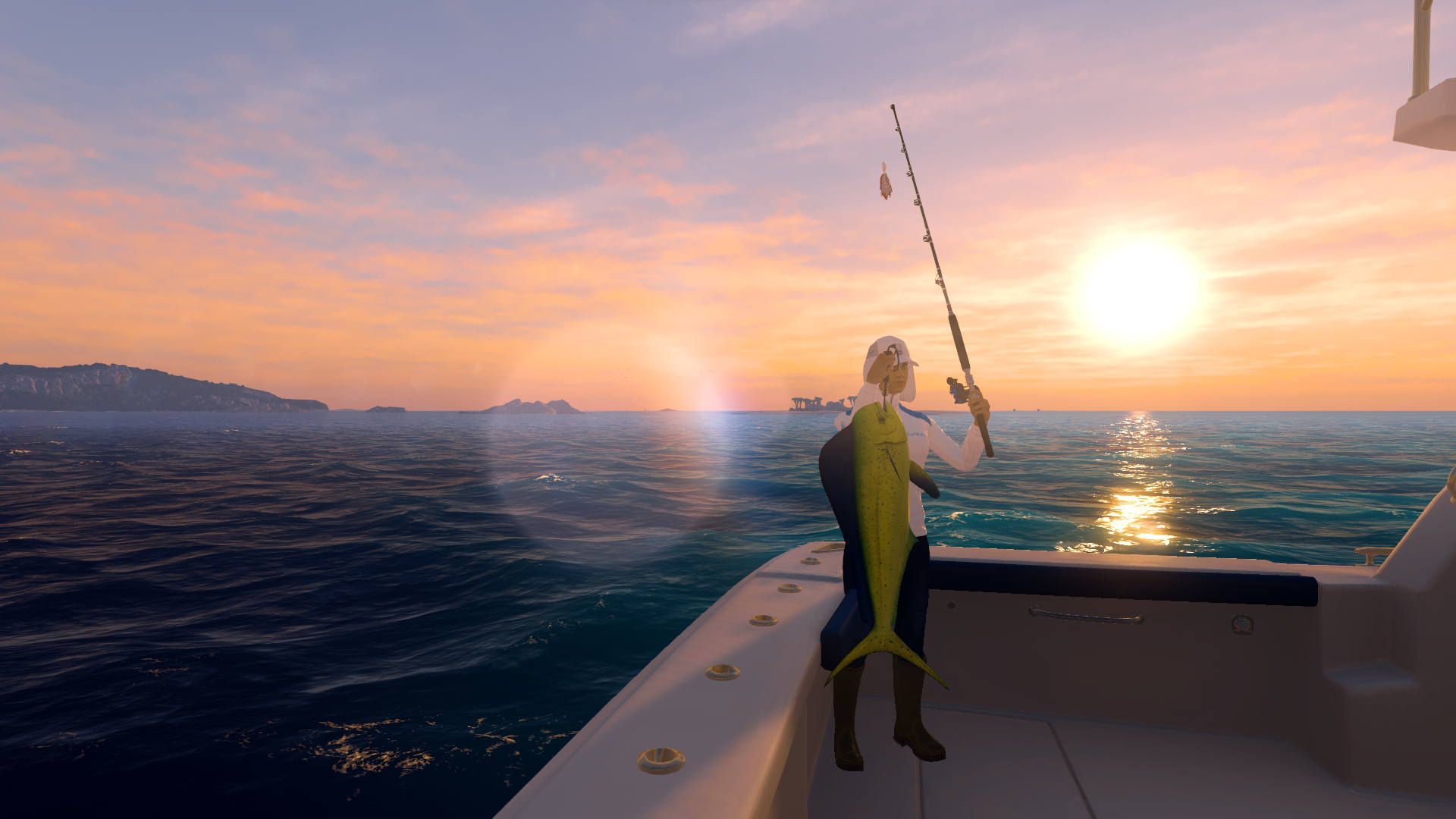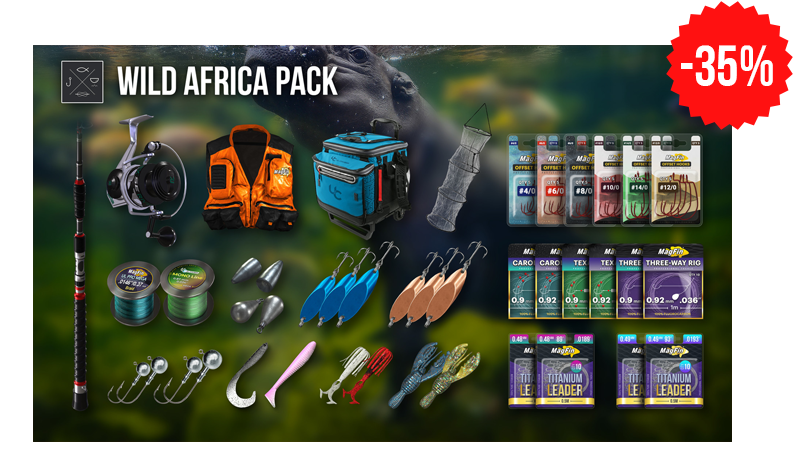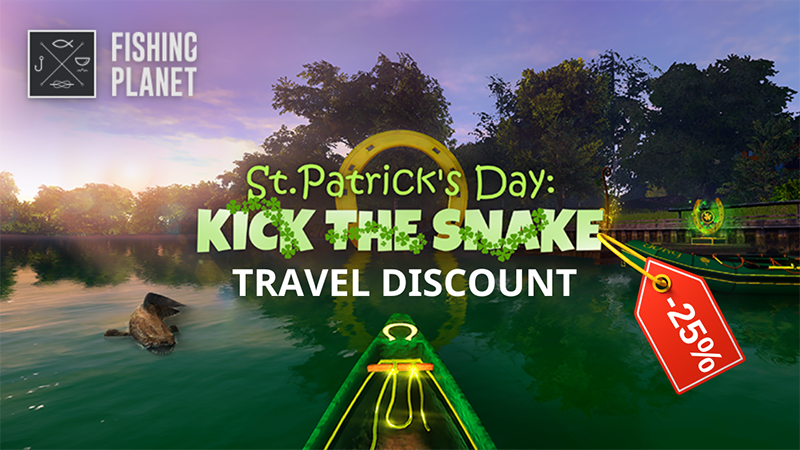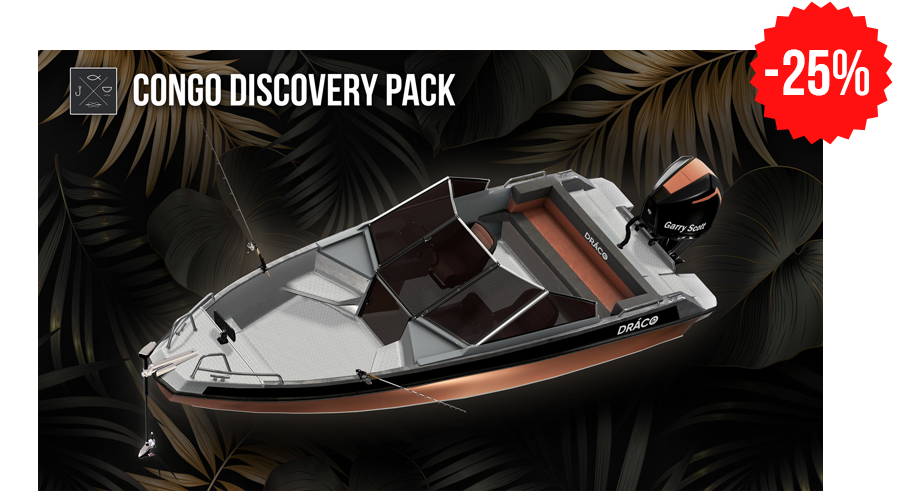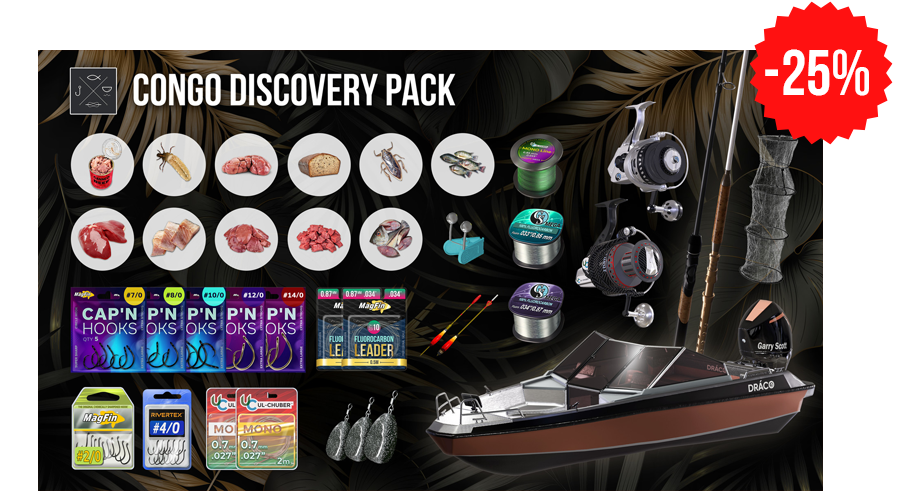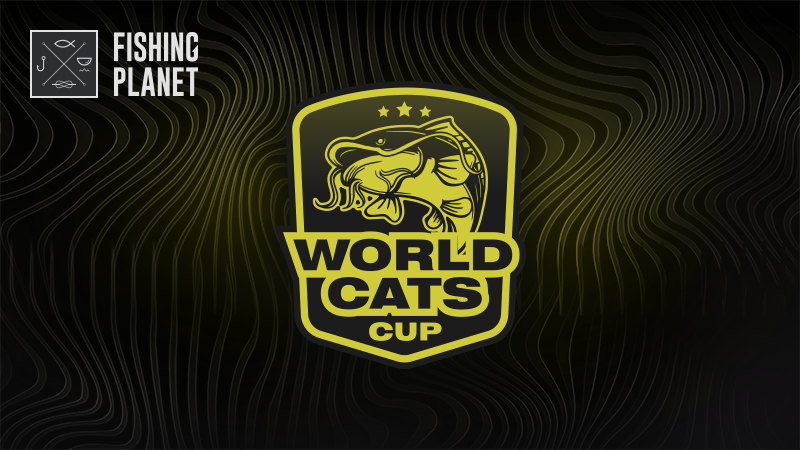
May 2, 2024
Fishing Planet - Dennis_FP
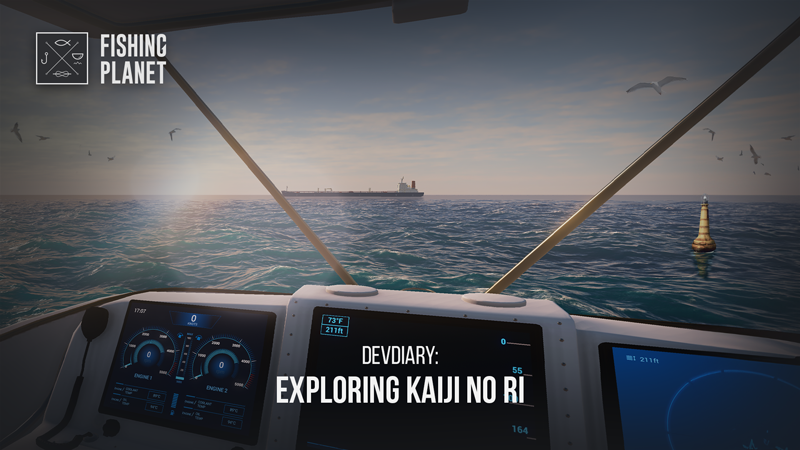
When we set out to create the ocean map, we weren't aiming to just add a new location in Fishing Planet. Our ambition was to go big. We wanted players to feel like they were stepping into a whole new world, with endless possibilities and giant fish waiting to be caught.
But let us tell you, turning that dream into reality wasn't easy. In fact, sometimes we joke that it would have been faster and easier to build a whole new game from scratch! And that joke is actually not too far from reality.
Now, after months of hard work, we're getting closer to the finish line, and it's been quite the journey. Today we're excited to present a new addition to our DevDiary series for you to take a closer look at the location and some of the new features accompanying it. Sit back and enjoy!
Discovering the immensity
You already know that the new location is going to be massive. We've discussed its size in previous DevDiaries — it's set to span 20 by 20 km, totaling 400 square kilometers, or roughly 40,000 hectares, which is almost 100,000 acres.
To give you a sense of scale, we previously attempted to estimate these dimensions by comparing them to all our other Fishing Planet locations combined and multiplied at least by twenty. Now, however, you can see for yourself with the following image.
Take a peek at all of our locations gathered in the upper left corner. We're confident you'll recognize some of your favorite maps by their outlines.
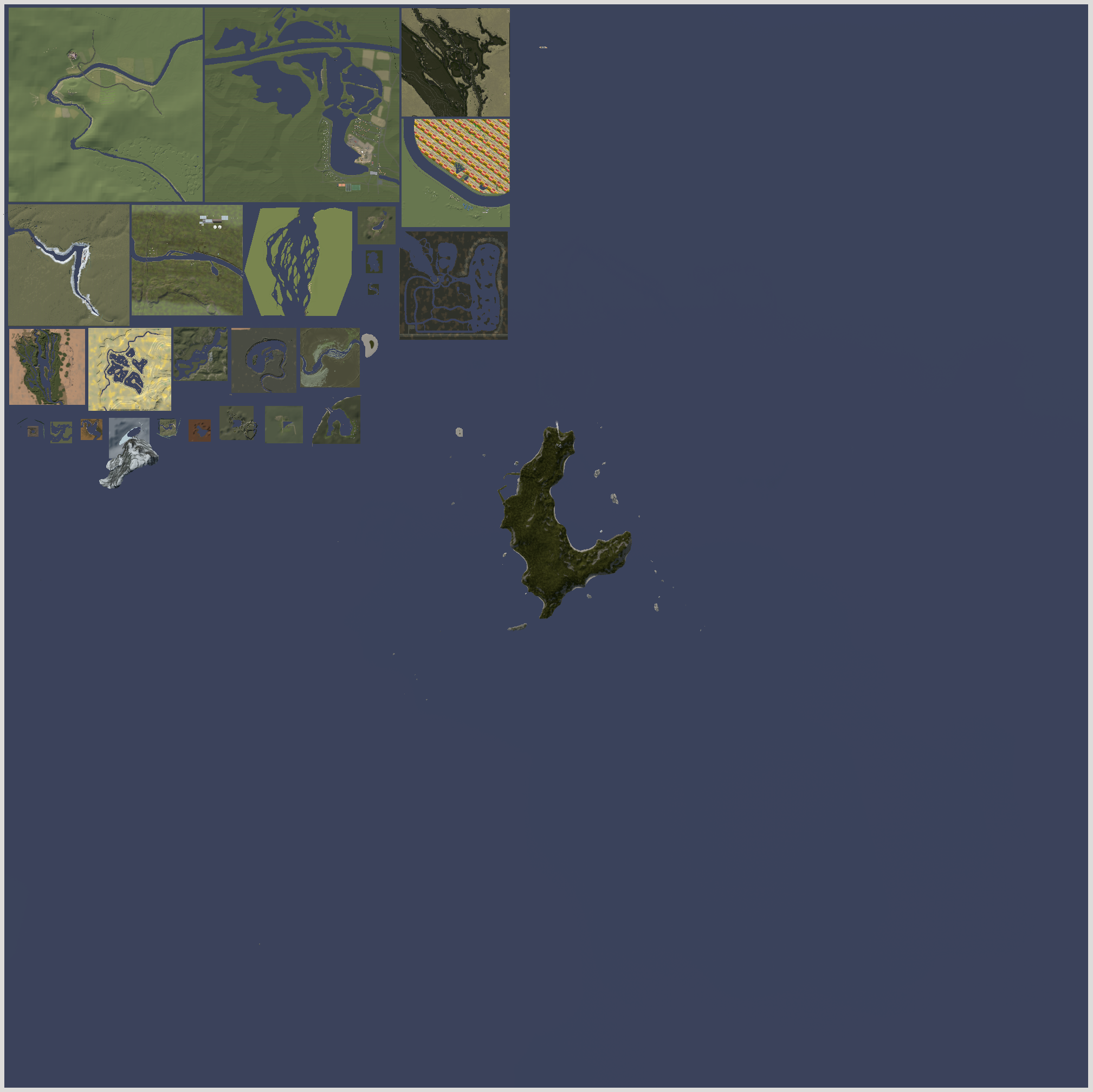
Now, let's zoom in for a closer look in the picture below. We've highlighted the Mudwater River for you with a red square so you can see it up close and truly grasp the enormity of the new map. Remember, when it comes to fishing, it's the size of the water surface that matters, so disregard the green areas on the maps. Take a moment to appreciate just how much blue there is on the new map, showcasing the vastness of the saltwater waiting for you at the Kaiji No Ri location.
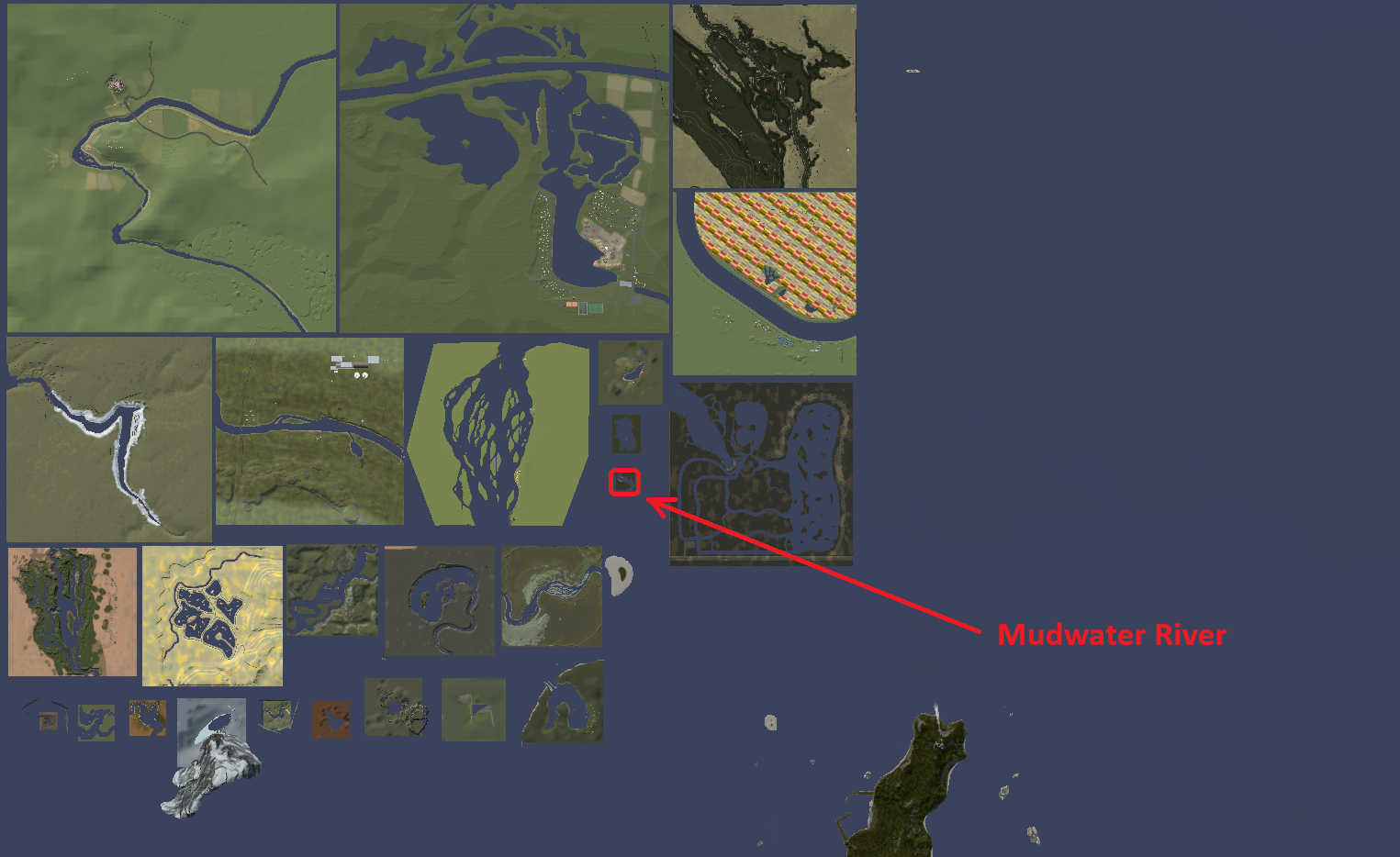
Ocean water: mastering the waves
When it comes to video games, graphics play a crucial role, particularly in simulators. In Fishing Planet, water constitutes 90% of our graphics. Water is an incredibly complex element, like nothing else in the real world. Freshwater and saltwater have distinctly different physics, appearance, and behaviors. This is one of the reasons why crafting a saltwater location felt close to developing an entirely new game – we had to build 90% of the graphics from scratch. We're proud to say that we like the outcome of our efforts.We've created different water shapes and technologies for various platforms - mobile, consoles, and PC. It actually consists of three different types of water, which are significantly different in terms of calculations, although they may appear the same. Some of them were created using the Gerstner wave formula, while others utilized FFT (Fast Fourier Transform) and tessellation technology to ensure the most realistic approach. Calculating buoyancy was a challenging task given the variety of water technologies involved, but we've managed to do it.
The appearance of the water also varies significantly depending on the weather and time of day, yet it maintains its stunning and remarkably realistic quality, whether it's day or night, sunny or cloudy.

The ocean isn't always serene; sometimes, storms brew, and waves grow sharp and tumultuous. For such occasions, we've developed a special water dynamic. And let us tell you, this one's our favorite!

No kidding, the ocean turned out so realistic that after our first trips, some of us even felt a bit dizzy! :)
The water you see in the videos above isn't the final version yet. We're still refining and enhancing small details to make it look as realistic as possible. It's also important to mention that optimizing such an expansive water mass is crucial to ensure all players can enjoy it across various platforms and devices. Therefore, our developers pay special attention to it.
Control panel and devices
If you've checked out the Fish Species Guide for our upcoming location, you already know that the majority of fish species in this area are highly migratory, covering many kilometers each day. With such vast movements influenced by natural factors like weather, wind, time of day, and depth, it will take anglers quite some time to study fish behavior. But fear not! We've got you covered.
Introducing brand new Echo Sounders and Fish Finders installed on all saltwater boats, along with a comprehensive GPS navigator map built right into the boats themselves, ensuring convenience for all the anglers.

As you can see in the videos, the depth varies significantly. With the Echo Sounder, you'll have visibility of the depth and bottom relief beneath the boat, and different depth zones can be identified on both the Fish Finder and the GPS navigator. The Echo Sounder will display fish directly beneath your boat, while the Fish Finder will detect fish in a wider radius around your location.

The Fish Finder also displays fish across different layers - upper, middle, and bottom - helping you determine the most suitable tackle to use. Indeed, certain spots on the map are teeming with fish, tempting you to cast your rods non-stop!
Sea Life Simulation System
Another addition tailored specifically for the saltwater location is the Sea Life Simulation System. Mirroring real-life phenomena, when tuna schools pursue smaller fish, they drive them towards the surface, attracting flocks of seagulls eager to snatch their share. Fishing in these spots promises excitement, with tuna leaping out of the water just as they do in reality!
We’ve made sure to provide anglers with clues on locating bottom-dwelling fish on the map. While they won't be leaping out of the water like tuna, there will be other indicators of where to find them in the location. These hints are left for you to discover, when the map is released.
Navigation Buoys
We mentioned earlier the GPS navigation built into the boats, but there will also be already familiar to you Tablet with the map and other useful features. Given the vast size of the location, traveling from one end to the other can take quite some time. To simplify navigation, we've created the Navigation Buoys for saltwater locations. These special buoys allow you to mark your favorite spots and teleport directly to them, streamlining your journey.
Setting a Navigation buoy is simple: travel to the desired location, open the map, and click the plus button. The buoy will mark the spot instantly.

If you wish to travel to any of your Navigation Buoys, simply click on it and hit the button. You'll be instantly transported right there!

But Navigation Buoys don’t only exist on the Tablet navigation map, they are real objects in the water. You will be able to see them when you are passing by.

At night Navigation Buoys illuminate with red light, making them visible from afar. You can also enjoy the sight of stars in the night sky, with the lighthouse and port lanterns adding to the ambiance. These features take extra time, but it was important for us to create a cozy atmosphere for nighttime fishing.

Picture yourself stepping onto that boat in the hazy dawn, starting the engine, and gliding slowly and silently out of the marina. Then, as you gain momentum, you cut through the waves and venture into the vast open ocean!

We appreciate how much you're looking forward to this update, and we're working tirelessly to bring it to life. It is crucial for us to ensure that the experience you have in this location is everything we envisioned for you and we thank you for holding tight until it’s released.
Keep an eye out for the next DevDiary, where we'll delve into the details of saltwater tackles and gear. Until then, tight lines, and enjoy your fishing adventures!
P.S. Just a little treat for you
We know you've always wanted to approach those yachts and ships that you can see in the distance at various locations in the game, and at Kaiji No Ri, you'll finally have the chance! For example, there will be Cruise Ships in Japan. You can sail to one, take a close look from all angles, sail alongside it and…

…even crash into it! We know you wanted to try it! Have fun! :D

___________________________________________________________________
Follow us on social media to stay tuned and be in touch with our lovely community:
Discord
Facebook Group
Read previous DevDiaries on the ocean update:
https://steamcommunity.com/games/380600/announcements/detail/4156329795249248305?snr=2___
https://steamcommunity.com/games/380600/announcements/detail/4214880391847589527?snr=2___
You are always welcome to ask for help in our support: support@fishingplanet.com
*All visual content in this DevDiary is crafted to showcase the upcoming features; however, there may be slight differences upon the actual release of the update




